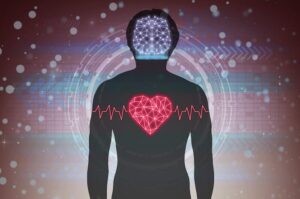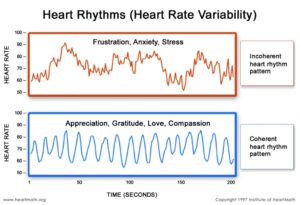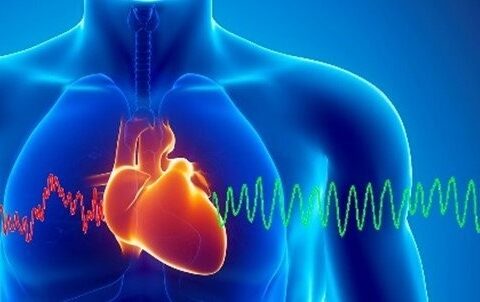Heart Focused Breathing: A Powerful Tool for Mental and Emotional Health

Since earning dual certifications from The HeartMath Institute earlier this year for both Stress and Trauma healing, I have facilitated nearly fifty patients in Heart Focused breathing over the past three months, monitoring their heart rhythms with evidence of improvement in their heart rate variability and coherence patterns over a six-week period. In addition, patients have reported:
- A significant reduction in depression and anxiety.
- Deeper and more restful sleep.
- A significant increase in feelings of empowerment and agency.
- An increase in intuitive problem solving.
- Increased cognitive and executive function.
- Increased impulse control in compulsive overeating and alcohol use.
- A greater sense of peace and contentment (personal and relational).
- A deeper connection with personal authenticity.
- A significant increase in energy and resilience with reduction in fatigue.
- A surprising and unexpected improvement in patient’s skin health (likely the result of a reduction in stress hormones such as cortisol and dhea).
*The HeartMath® Institute Research Center has explored the physiological mechanisms by which the heart and brain communicate and how the activity of the heart influences our perceptions, emotions, intuition and health. In the early 1990s, they conducted research that not only looked at how stressful emotions affect the activity in the autonomic nervous system and the hormonal and immune systems, but also at the effects of emotions such as appreciation, compassion and care. Over the years, they conducted many studies that have utilized many different physiological measures such as EEG (brain waves), SCL (skin conductance), ECG (heart), BP (blood pressure) and hormone levels, etc. Consistently, however, it was heart rate variability, or heart rhythms that stood out as the most dynamic and reflective indicator of one’s emotional states and autonomic nervous system dynamics. It became clear that stressful or depleting emotions such as frustration and overwhelm lead to increased disorder in the higher-level brain centers which is reflected in heart rhythms and adversely affects the functioning of virtually all bodily systems. This eventually led to a much deeper understanding of the neural and other communication pathways between the heart and brain. Numerous studies have since shown that heart coherence is an optimal state-specific physiological pattern associated with increased cognitive function, self-regulatory capacity, emotional stability and resilience, and that people can learn to shift into the coherent state in the heat of the moment.
The heart is far more than a simple pump. The heart is, in fact, a highly complex information processing center with its own functional “brain,” commonly called the heart-brain that communicates with and influences the cranial brain via the nervous system, hormonal system and other pathways. These influences profoundly affect brain function and most of the body’s major organs and play an important role in mental and emotional experience and the quality of our lives.

Healthy, optimal function is a result of continuous, dynamic, bi-directional interactions among multiple neural, hormonal and mechanical control systems at both local and central levels. In concert, these dynamic interconnected physiological and psychological regulatory systems are never truly at rest and are certainly never static.
excerpted from HeartMath Institute
image credit: Cate Ritter Wellness
To schedule your HeartMath sessions with Dr. Kumar, please contact The Ommani Center at 262-695-5311.
©June2023 Kalpana (Rose) M. Kumar M.D., CEO and Medical Director, The Ommani Center for Integrative Medicine, Pewaukee, WI. www.ommanicenter.com Author of Becoming Real: Reclaiming Your Health in Midlife (2nd Edition), Medial Press, 2014. Dr. Kumar is currently accepting new patients. Call 262.695.5311 for an appointment, either virtual or in-person.


